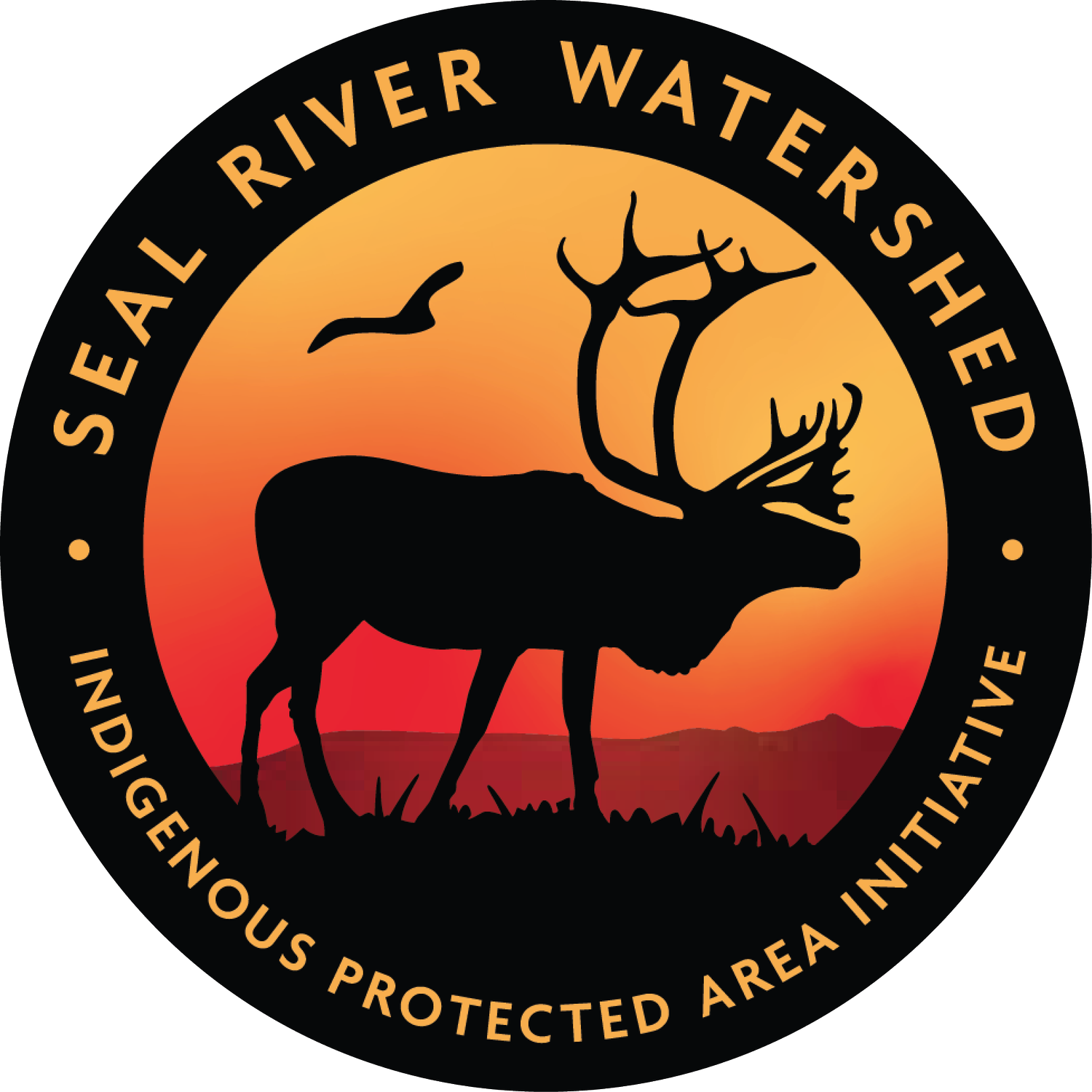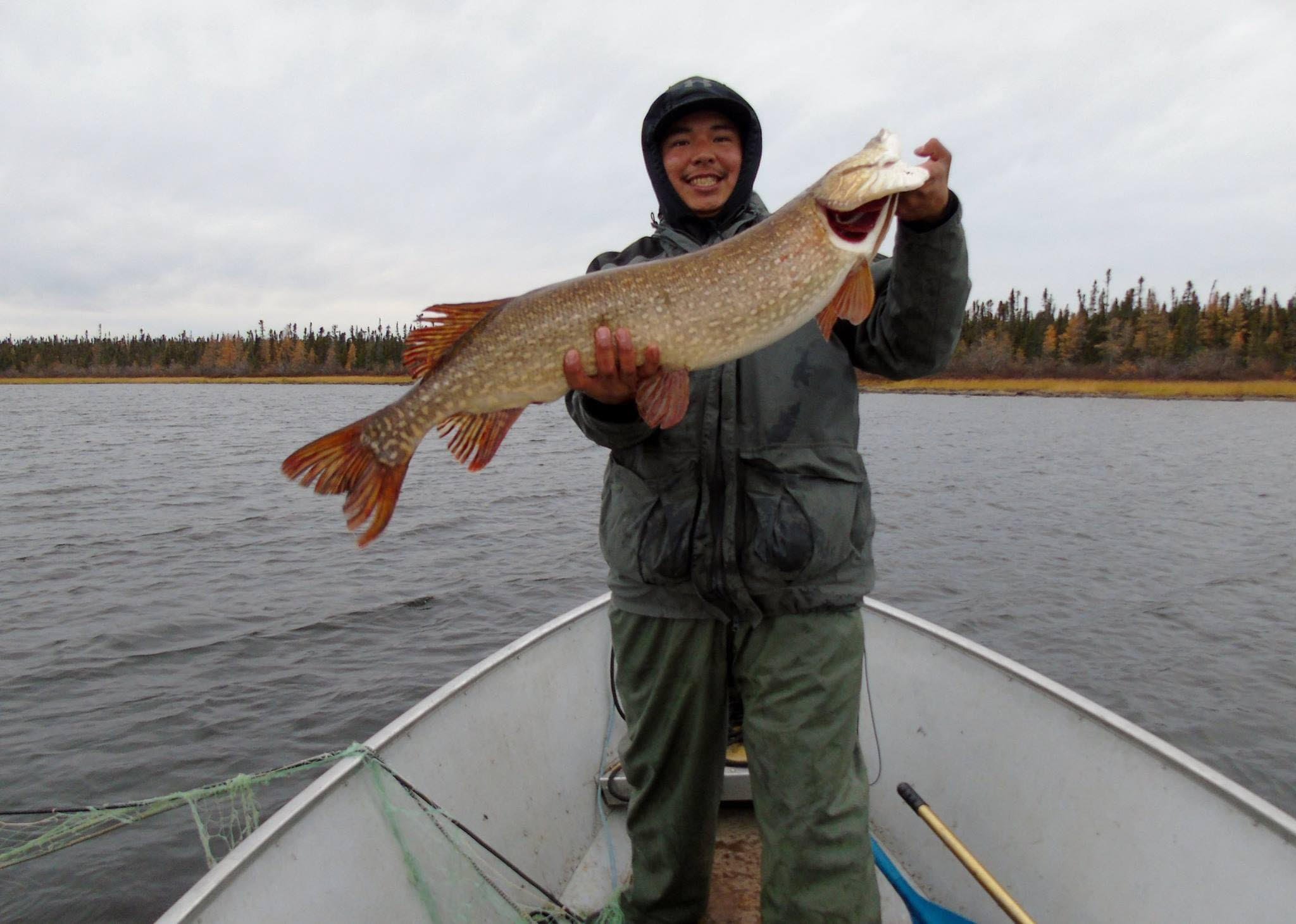Sandy Clipping: Board Member, Seal River Watershed Initiative
At 25 years of age, Sandy Clipping of Sayisi Dene First Nation is one of the youngest members on the Board of the Seal River Watershed Initiative. He is focused on inspiring fellow young people to connect with and help protect their ancestral lands.
The initiative is working to permanently protect the watershed from industrial development, ensuring that future generations have the opportunity to engage in traditional practices within a healthy watershed.
“I’m connected to the land and I want to help carry on traditional ways,” Sandy said. He hopes to influence young people to return to more traditional ways of hunting, trapping and fishing—practices that he loves.
“In the spring I go hunting caribou, and the geese start flying and it makes me feel happy.”
Permanently conserving the Seal River Watershed “means a lot,” Sandy said, not only because of his connection to the land but because it will help revitalize a way of life that was devastated when his people were forced to relocate away from caribou lands in Little Duck Lake to a barren area near Churchill, Manitoba in 1956.
“When I look back, my people were thriving before they were forced to relocate. People would hunt, trap, and fish when they were living in Little Duck Lake. After that there was a major shift in our culture and traditional ways.”
Sandy feels strongly that “young people need more information about what our people went through and how they lived before the move.” Many of his peers don’t know the history, he said.
“I remind my younger brother when we’re trapping, hunting and fishing that this is how our people used to live, and nowadays we live in modern times. We’re not the people we used to be.”
Recognizing that “a lot of young people listen” to him, Sandy uses social media as a modern way to communicate. He shares Seal River Watershed Initiative Facebook posts that encourage people to show their support by filling in a survey, watching videos, and signing up for mailouts. Above all, he wants youth to know that the initiative is working to help them connect to the land, like the generations before them.
The initiative has held youth events including a hide tanning workshop as a means of sharing traditional knowledge with the younger generation.
Sandy, himself, learned a lot from community members growing up, having lost his father when he was just seven years old. “I couldn’t pick up everything from him—how he hunted and trapped,” Sandy said.
When his mom wanted meat, Sandy made the decision to learn how to hunt and trap from Elders in the community. Today he is passing on his love of the outdoors and all it provides to his four young children.
“I’m raising my kids to be traditional. I teach them to set nets, geese hunt, and fish.”
Sandy wants the same opportunity for all youth in his community and the neighbouring communities that form the Seal River watershed alliance.
“My hope is to get the younger generation to be more knowledgeable. A lot of people have lost their ways and don’t understand the way we used to live. The people that are older now aren’t going to be here forever, so where do the younger generation pick that up from?”
They pick it up from young leaders like Sandy who are determined to help carry on traditional knowledge and culture.


